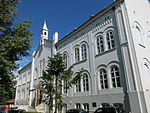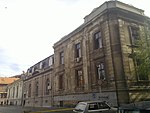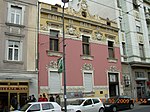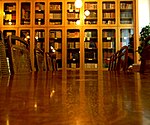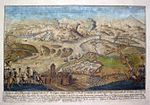Jevremovac
Arboreta in SerbiaBotanical gardens in SerbiaJapanese gardensNeighborhoods of BelgradeParks in Belgrade ... and 3 more
Stari Grad, BelgradeUniversity of BelgradeVague or ambiguous time from August 2020
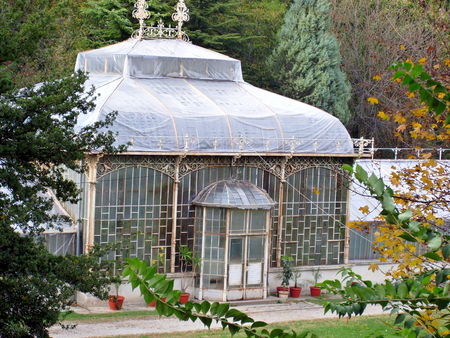
The Jevremovac Botanical Garden (Serbian Cyrillic: Ботаничка башта Јевремовац, romanized: Botanička bašta Jevremovac) is the botanical garden of the University of Belgrade and also a surrounding urban neighborhood of Belgrade, Serbia. The garden is located in Belgrade's municipality of Stari Grad and is an administered by the University of Belgrade's Biology School. It has been declared a natural monument in 1995 and a cultural monument in 2007.
Excerpt from the Wikipedia article Jevremovac (License: CC BY-SA 3.0, Authors, Images).Jevremovac
Војводе Добрњца, Belgrade Old Town (Stari Grad Urban Municipality)
Geographical coordinates (GPS) Address Nearby Places Show on map
Geographical coordinates (GPS)
| Latitude | Longitude |
|---|---|
| N 44.815805555556 ° | E 20.473222222222 ° |
Address
Војводе Добрњца
11000 Belgrade, Old Town (Stari Grad Urban Municipality)
Central Serbia, Serbia
Open on Google Maps
